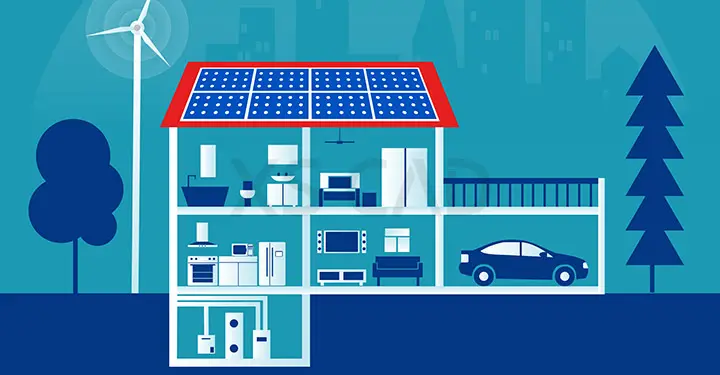Our Articles

How Building Services Design Consultants Must Factor in Sustainability
Who’s the big bad wolf when it comes to using natural resources? The construction industry. Construction is responsible for approximately 36% of global energy use and 40% of global carbon dioxide emissions. As climate change and the diminishing rate of resources become a growing concern worldwide, construction companies need to find ways and means to reduce their ecological impact. Enter, sustainability. Building services design consultants who offer high-quality HVAC and electrical drafting services must factor in sustainability as part of the value-added expertise they provide. With the increasing use of BIM (Building Information Modelling) technology in construction, delivering BIM MEP services is also an added advantage.
Firstly, what do we mean by sustainable construction?
The short answer is – construction methods that reduce the impact of construction on the environment and the users of the constructed building. These methods include:
So, sustainable construction causes minimum damage to the environment and promotes its endurance. It incorporates the design and management of buildings to optimise the performance of all building materials throughout their lifecycles. It tries to use renewable energy resources and technologies to construct, run and maintain buildings that minimise, greatly reduce or completely eliminate the generation of harmful environmental gases.
What are the practical steps this involves?
Why has it become vital for the industry to practice sustainable construction and for building services design consultants to enable these practices?
Traditionally, the environmental impact of the construction industry has been high. These are the reasons why:
Building services design consultants and mechanical design engineers are in a pivotal position to plan strategies that can promote a part of sustainable construction. Currently, the standard for sustainable construction is the LEED (Leadership in Energy and Environmental Design) standard, which is an internationally recognised certification system that provides third-party verification of a building’s sustainability. Building services engineers need to ensure that buildings are energy efficient, use renewable and responsibly sourced material and remain sustainable in the future also.
What Building Services Design Consultants Can Do
Some of the methods and processes that building services design consultants can suggest, promote and incorporate are:
Prefabrication – manufacturing components and units in an off-site factory
Efficient MEP Systems and Maintenance – use effective, energy-efficient materials for interiors, exteriors, water consumption
BIM – Building Information Modelling is accurate, comprehensive and helps with material and time calculations
Net-Zero Energy – buildings with net-zero energy generate enough energy for their own needs
Technologies Promoting Sustainability
Materials, components and installation of systems in MEP design are crucial for sustainable construction, and that can be assisted by the efficiency of BIM MEP services. Other technologies that can drive sustainable construction are:
Benefits of Sustainable Construction
With the correct sizing and selection of equipment and methods such as daylight harvesting, the use of geothermal heating and cooling systems, building services design consultants can provide detailed mechanical CAD drafting services and electrical design and drawings that include sustainable materials and increase the building’s sustainability. Experienced mechanical design engineers, increasingly found overseas, can plan to include renewable resources, maintain efficiency standards and green building codes and deliver a sustainable building design, which will ultimately result in both short- and long-term benefits.
Summary:
As climate change and the diminishing rate of resources become a growing concern worldwide, construction companies need to find ways and means to reduce their ecological impact.
XS CAD has valuable experience providing BIM MEP services, mechanical CAD drafting services and electrical design and drafting services for global firms. Our range of services for building MEP contractors include MEP drafting, MEP BIM modelling and MEP coordination for sustainability in construction.

